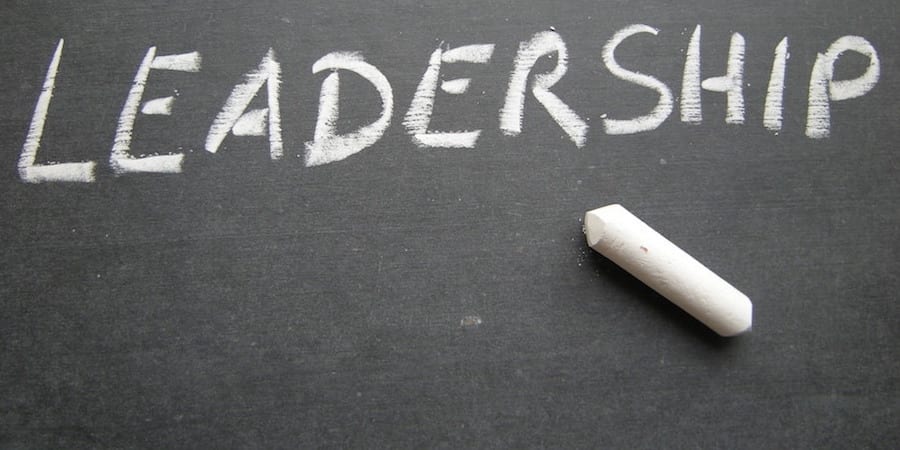
Grasping the paradoxes of lean to learn leadership
PROFILE – We may think it is cut and dried, but lean thinking is, in fact, full of paradoxes and trade-offs. According to Cécile Roche, learning to navigate them is one of the defining traits of a lean leader.
Profile on: Cécile Roche, Lean & Agile Director, Thales Group
Words: Roberto Priolo, Editor, Planet Lean
Cécile Roche started her career in 1986, as an engineer at Thomson CSF, which later changed its name into Thales Group – a renowned technology organization operating in the aerospace, security, transportation and defense markets.
Over the years, Cécile held several roles within the organization, her job ranging from looking after new product development to ensuring smooth logistics as Operations Manager, which was her position until 2006.
During that time, she became curious about process, and started to think of ways in which the work at Thales could be improved. A lean mind in the making, Cécile first found out about this alternative way of thinking while working closely with the manufacturing department. That’s when she began to wonder whether something could be done to increase collaboration between engineering and manufacturing, and spread the word on this great methodology across the business.
In 2006, the top management of Thales’ French operations decided to launch a massive – and very ambitious – lean program for the whole organization. Cécile’s interest in lean put her on it, first looking after the product development function and, one year later, as the person in charge of the entire global effort. The program involved 6,000 employees. Cécile recalls: “The program was following a very classic approach, with external consultants and value stream maps drawn all over the place… which eventually turned out to be a very classic way to fail!”
Over the next few years, a number of CEOs came and went, and lean started to become increasingly focused on manufacturing. In 2010, Cécile became Lean Program Manager at group level – a role that would eventually turn into Lean & Agile Director. In her new position, she was committed to not making the same mistakes as before, and to using all the lessons she had learned during the first lean experiments Thales had carried out. She also started to work with a sensei.
Her goal was to create a real continuous improvement culture in the organization, which meant moving past project-based improvements and action plans (of which, according to Cécile, there were way too many) that had no real impact on behaviors and didn’t bring enough results to the company. To achieve her goal, Cécile decided to concentrate on visual management and problem-solving capabilities.
In 2013, the implementation was mature enough that Cécile felt they could run another experiment with lean in engineering. “There are 62,000 people working at Thales, of which 11,000 are in production and 25,000 are in engineering,” Cécile comments. “Clearly, product development is a fundamental part of what we do. Back then, it was also the source of a lot of the problems we experienced in manufacturing – that’s why we wanted to bring lean to it.”
Following yet another change at the top, a new position was created for an Engineering VP at group level, with whom Cécile immediately discussed lean thinking – in particular, the ideas contained in Al Ward’s book. He got on board, and Thales’ lean journey gained momentum.
Until then, the company’s attempts to introduce lean in the engineering department had been a few pilots here and there, rather than a group-wide effort. Now, for the first time, the company had people specialized in bringing lean to both manufacturing and engineering. Cécile says: “These days, 50% of our Lean Team are experts in lean manufacturing and the other 50% in lean engineering. The two are working together a lot, and challenging each other on a regular basis.”
LEAN LEADERSHIP: MANAGING TRADE-OFFS
When I asked Cécile about the evolution of her understanding of lean, I was rather surprised by her answer. Most lean leaders will tell you how they initially tended to focus too much on the tools, or how at first lean was something completely different to them, but not Cécile. “I recently came across an old copy of the company’s newspaper, in which I used to write,” she recalls. “Re-reading my words proved to me that my basic thinking has never really changed. I was already talking about ‘shared leadership,’ and so on. The principles that I consider important today were the same ones I considered importance back then. If I got interested in lean in the first place, it’s because I knew we had to develop our people into problem-solvers.”
But this isn’t to say that she never learns new things. She continues: “Yet, every day I feel like I start grasping lean all over again. You can have the basic principles clear from the onset – and understand that lean is more than a program, a project or a tool – but you never really stop learning. It’s one of the many paradoxes of lean!”
Cécile talks about trade-offs a lot when telling you what lean thinking is all about in her mind. It is in managing these trade-offs that leadership expresses its full potential: for example, according to her, lean success hinges on our ability to strike a balance between top down and bottom up. She says: “Electrons move around carrying the potential for a lot of energy, but in order for that energy to be released they need to be charged first. People in an organization are the same: think lean from the bottom up only, and you’ll get a lot of movement without any results; give people a vision to aspire to and the support of leadership, and they will achieve great things.”
In providing that support, Cécile sees her role as a leader as reconciling the message coming from the top with the actions and the improvement opportunities coming from the bottom. In particular, she thinks that one of the main prerogatives of a manager is to get enough marge de maœuvre – leeway – from top leaders to do what he or she thinks it's important. And Cécile spends a lot of time showing her people that they, too, have enough leeway to correct the problems the company experiences, to try new things, to coach others.
Over the years, Cécile recalls, her way to communicate and interact with Thales managers has changed dramatically: at first, she behaved like any internal consultant would, whereas now she acts like a sensei, helping them to grow at the gemba. She comments: “We need to develop leadership skills in everybody, because lean teaches us to use everybody’s brain. You want all of your people thinking, not just a selected few! And mind you: there is a massive difference between leaders asking people to execute a process and leaders asking people to think and solve a problem.”
WRITING FOR LEARNING
In 2013, Cécile published a first book – something she had dreamt of doing since she was a little girl.
It all began when her boss asked her to prepare a few slides for top management, who were interested in knowing more about lean. “I didn’t want to create a slide deck,” Cécile explains, “So I prepared a 20-page booklet, one topic per page.” That booklet then became the 100-page The Little Lean Guide for the Use of Managers.
Indeed, Cécile really enjoys trying to explain lean to managers, and it is no coincidence she is also a teacher at the Lean Engineering Academy, an initiative of the Institut Lean France. To her, teaching is actually a source of learning. “When you have to teach someone, you are forced to continuously progress in your understanding of the subject matter. The same happens with writing: it forces you to go deeper in your knowledge… or lack of knowledge,” she says.
At this point, I asked her whether she feels most of her life has been spent trying to explain lean to her people – as we know, something that you never stop doing. As the Lean and Agile Director of a very large technology group, I expected her answer to be that, yes, that is indeed the case.
But once again, Cécile talked about a trade-off: “You need to give people a sense of what lean stands for, but you can’t spend your life convincing and explaining, without trying. You must find a balance between showing good examples and remembering that copy-and-paste doesn’t work, and between explaining and asking to try. Nobody ever learned to swim by reading a book… sometimes you just need to dive in.”
And is it difficult to just jump in? “Change is always hard, and there are many challenges involved. That makes my job tiring on one hand, but also incredibly rewarding when those challenges are overcome. What do you know? Another trade-off!” she concludes, chuckling.
THE AUTHOR

Cécile Roche is Lean & Agile Director at Thales Group. An electronics engineer, over the years Cécile has led several improvement projects and managed several units in Technical Operations. Today, she shapes, deploys and supports the lean approach to production and beyond for the entire Group. She is also responsible for the development of lean facilitators.
Read more


CASE STUDY – The Covid-19 pandemic has accelerated the application of Virtual Healthcare across the world. In South Australia, this has been implemented in urgent care.


FEATURE – Starting off a lean journey is no easy feat, and existing models won’t tell you what the next steps are. That’s why you should go back to basics and let the Toyota Production System “house” from the mid-1980s show you the way.


INTERVIEW – A program that aims to help disadvantaged school districts in Ohio used A3 thinking to teach principals how to scientifically solve problems together with their teachers. We met a principal and one of her teachers.


FEATURE - We often hear that lean is a fundamentally different approach, but what does this really mean? The authors reflect on how lean challenges and debunks our assumptions on how to run a firm, which might also explain why it meets such resistance.

